A torque wrench is essential for bike maintenance. They measure the force you are tightening a bolt up to, known as torque. Provided it’s used correctly, a torque wrench prevents you from undertightening or overtightening fastenings.
Overtightening can cause damage to the fastenings themselves or components, with potentially disastrous consequences. Undertightened fastenings could slip.
Torque wrenches are particularly important when working with carbon fibre or lightweight components.
In this guide, we’ll take you through the process of how to use a torque wrench, as well as some tips and tricks to make sure you’re using one properly. You can also read our reviews of the best torque wrenches.
How to use a torque wrench
Step 1
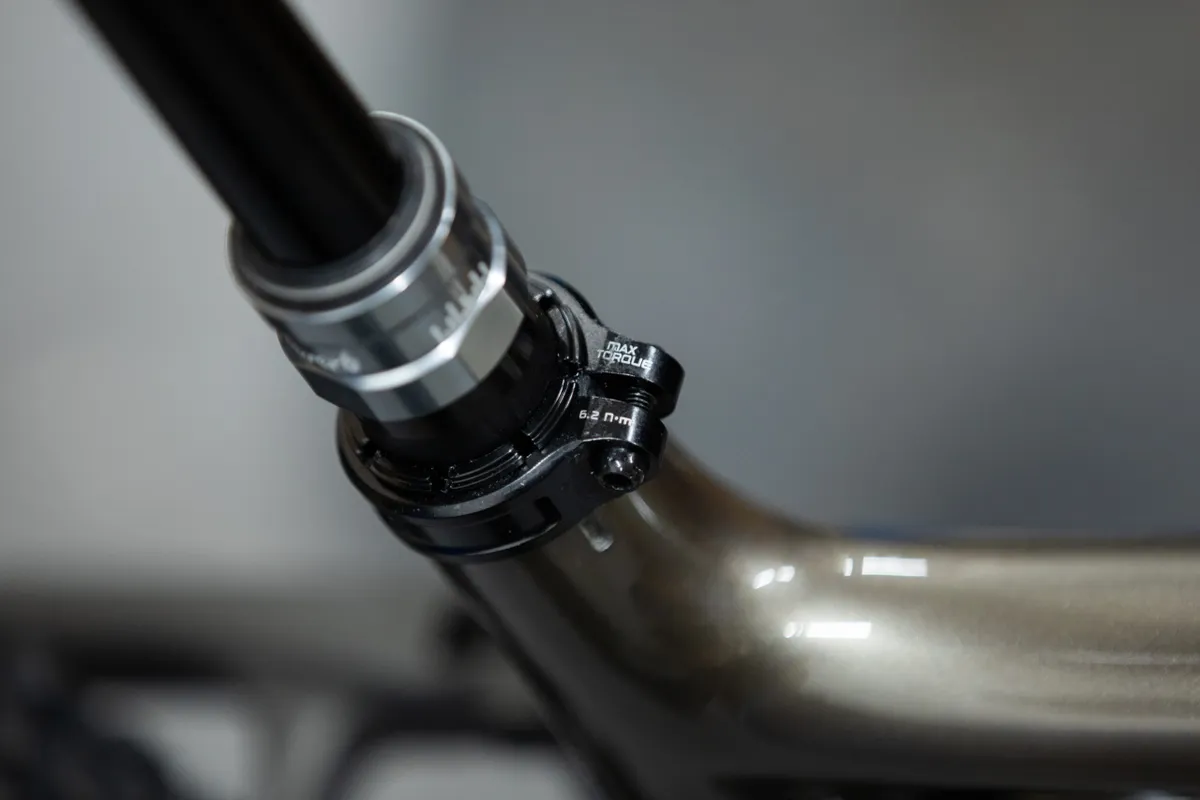
Most components on a bike will have a small number stamped next to the fastening you want to adjust.
It will generally be written in ‘Nm’ (newton metres) or sometimes ‘in-lbs’ (inch-pounds). This is the unit of torque the bolt requires.
If there isn’t any writing, consult the component’s technical documentation.
Pay attention if the writing says ‘max’ or ‘recommended’ torque. If it says ‘max’, that really is the maximum and you should torque it a little lower (we’d suggest up to 10 per cent).
If a torque range is suggested – for example, 12-15Nm, as recommended on Shimano crank pinch bolts – we’d advise aiming somewhere in the middle.
Step 2

Once you’ve fitted the correct socket or bit for the bolt you’re working on, set the torque wrench to your desired setting. Most torque wrenches are adjusted via a dial at their base.
Step 3
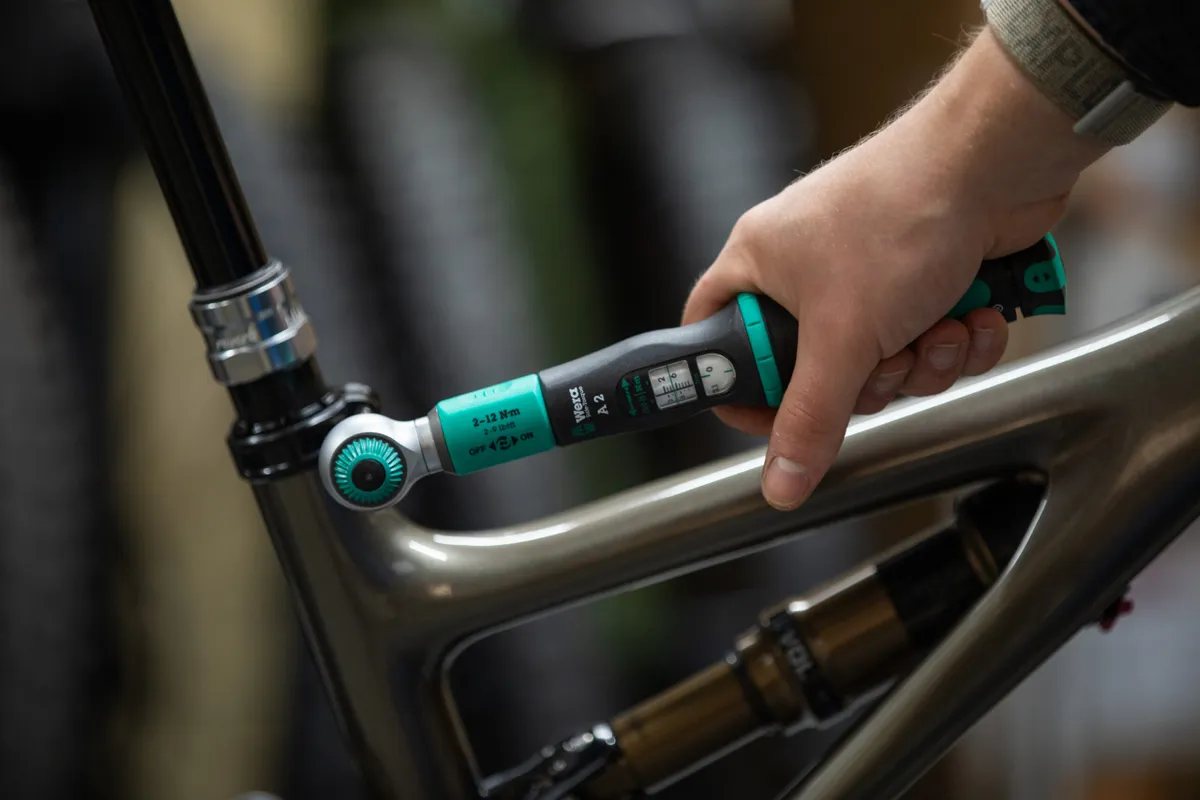
Hold the torque wrench by the grip. If you hold it by the head or in the middle, you are likely to torque the fastener to an incorrect value. Tighten the bolt until you reach the desired torque. You’ll feel the torque wrench click when it has reached the right torque.
A torque wrench can only tell you so much – if you're tightening or torquing a bolt and it doesn’t feel right, stop and assess the situation before going past the point of no return.
How to use other types of torque wrench

The above steps cover how you would use an adjustable click-type torque wrench, but other options are available.
A preset wrench is set to a fixed torque. These are commonly set to a fixed 5Nm, and are suitable for most stems or seatposts. To use one, simply tighten the bolt until the wrench clicks.

Beam-style torque wrenches were commonplace before affordable, adjustable click-type options existed. Bicycle-specific options are rarely found now (though Canyon ships them with all of its new bikes). These work by measuring the amount of deflection in the wrench, with a scale at the end of the wrench giving a good estimate of torque.

Modular bit-based torque wrench options exist too. These often feature torque bars, which have a set of numbers with an arrow underneath and you tighten until the arrow aligns with the relevant number. Examples include the Silca Ti-Torque.
Torque wrench tips and tricks
How to tighten two or more bolts
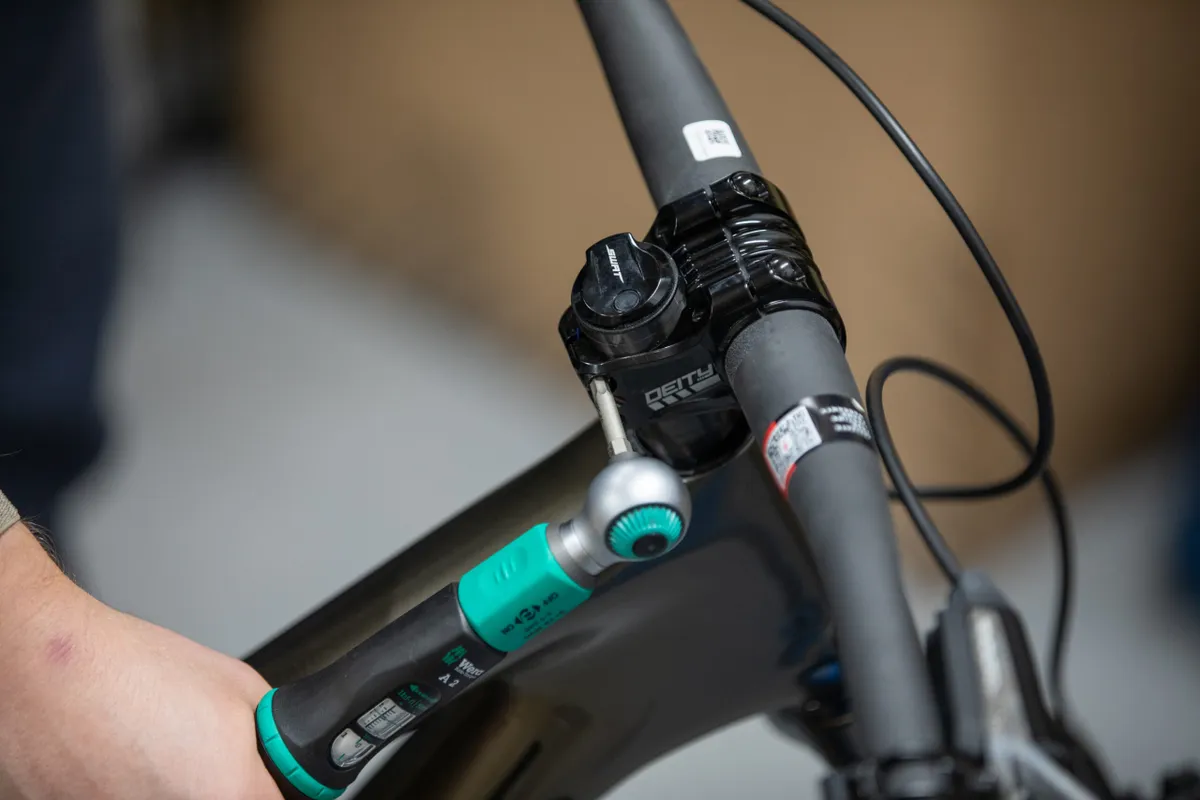
If you are tightening bolts where there are two or more in the same location, such as on the stem where it clamps onto the steerer tube, make sure you tighten each bolt evenly. Don’t fully torque one fastener and then the other.
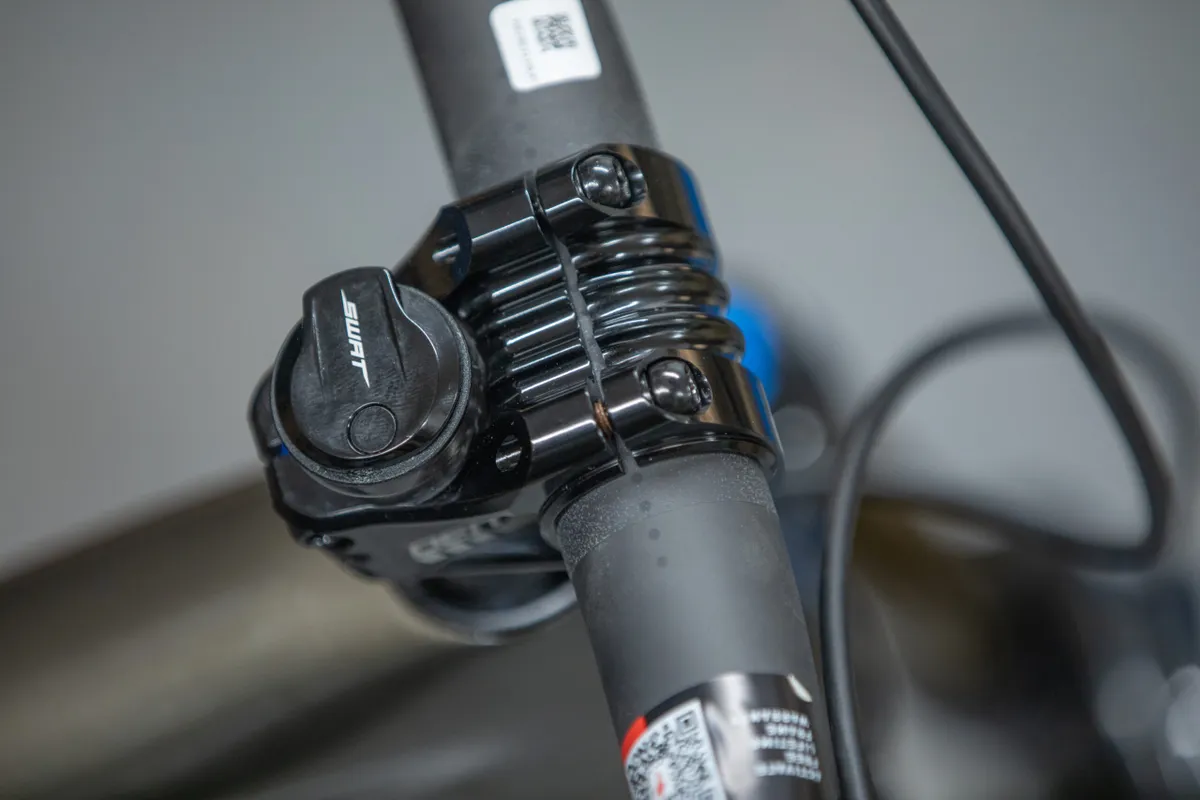
This will ensure even tension in the system. If there are four fasteners, such as on a stem faceplate, tighten the bolts in an X pattern.
When six bolts are involved, such as on disc brake rotors, evenly tighten the bolts in a star-shaped pattern.
Make sure interfaces are prepared properly

It's also important to prepare the relevant component you're fitting.
If the manufacturer recommends it, add threadlock or anti-seize compound as directed. This is not only to prevent a bolt from loosening over time, but it also enables you to tighten the bolt up to a slightly lower torque.
Unless specifically instructed otherwise, bolts should always have an anti-seize or threadlock applied before fastening.
Torquing carbon parts
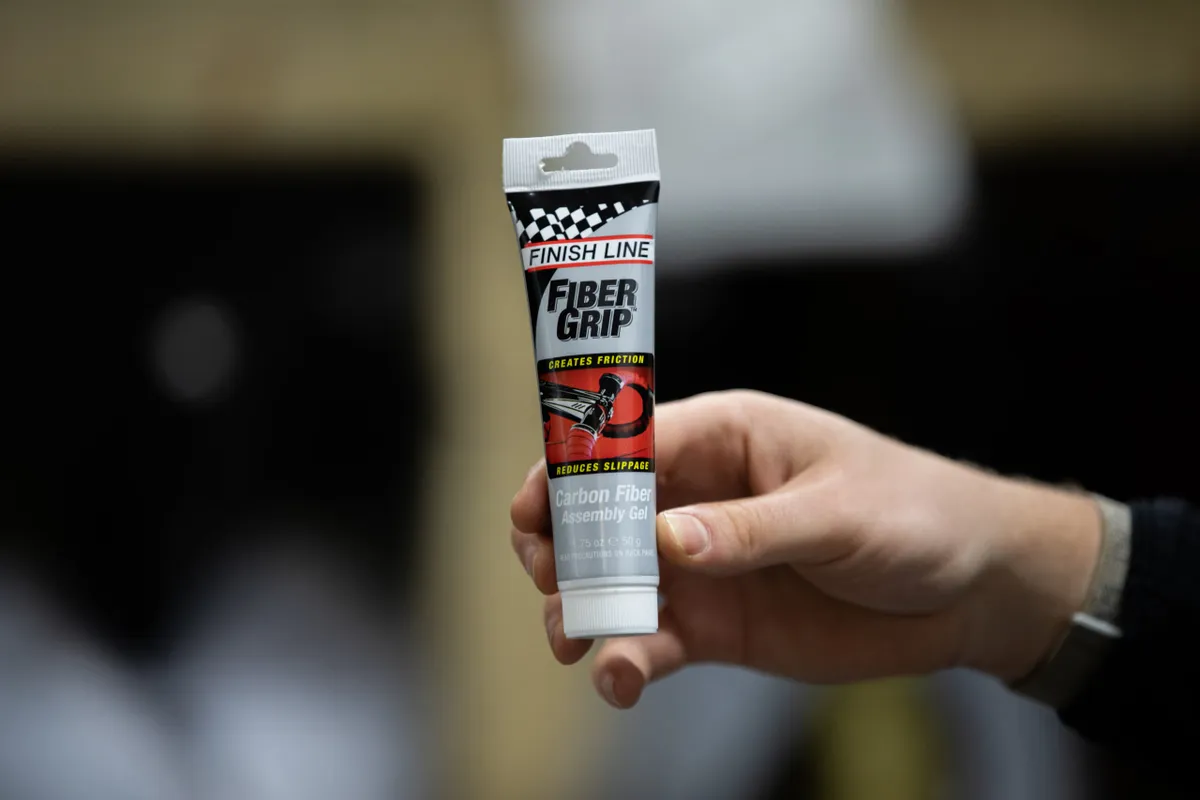
If working with carbon fibre components, apply carbon fibre grip paste as directed. This paste contains small particles to increase friction, reducing the chances of components slipping.
Manufacturers generally recommend adding carbon fibre grip to carbon seatposts, alloy seatposts in carbon frames, carbon seatposts in alloy frames and on carbon handlebars or faceplates.
Maintaining your torque wrench
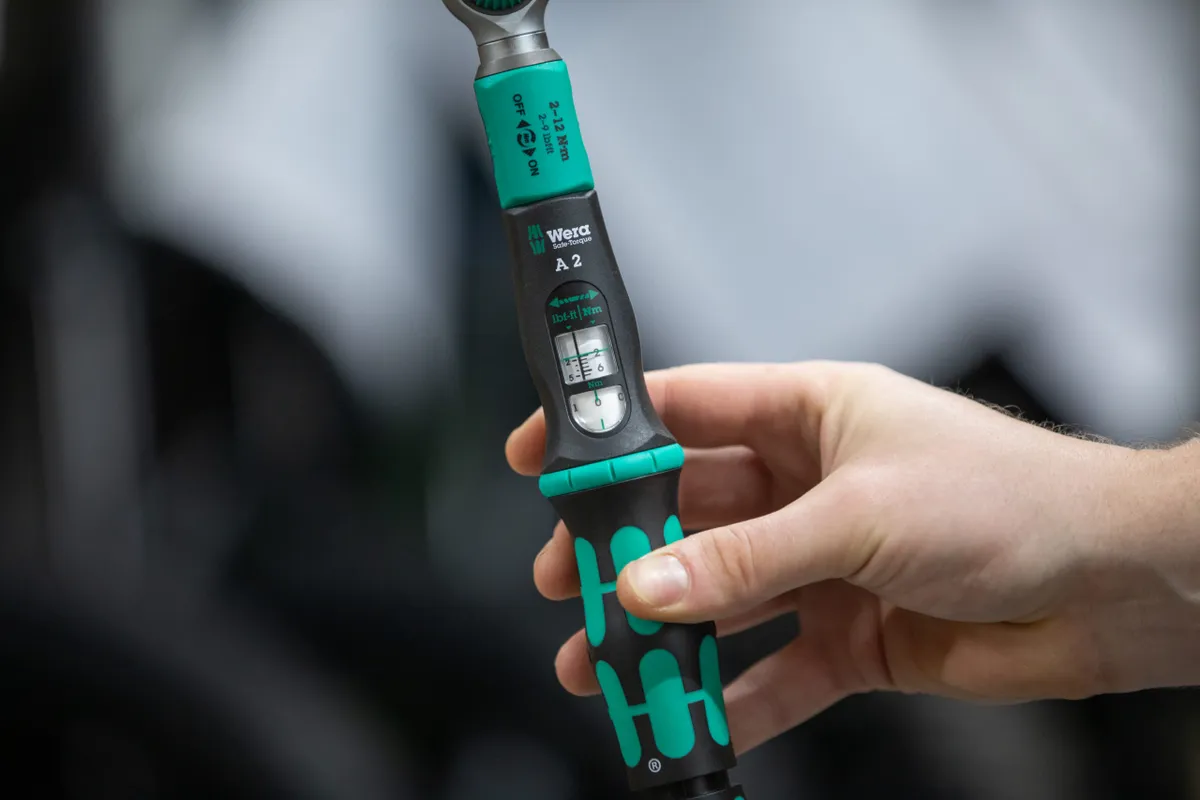
Make sure you take care of your torque wrench and whenever you're not using it, reset it to zero, or its minimum setting.
Leaving it at a set torque can affect the wrench’s calibration because the spring will lose its tension over time.
If you suspect your torque wrench is no longer calibrated correctly, most quality manufacturers offer a paid-for re-calibration service.
To protect your torque wrench’s calibration, we’d also recommend using it only to tighten bolts rather than loosen them.

